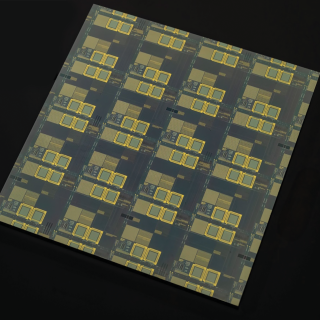

Tactical Satellite Communications
Our group develops innovative architectures for next-generation satellite communications (SATCOM) systems. We perform systems engineering on test beds and operational prototypes to enhance capabilities of communications satellites. Researchers in this group design waveforms that more efficiently use the frequency spectrum, which can prove crucial in military SATCOM. We also develop adaptive antenna beamforming and signal processing techniques to improve system performance.
Featured Projects

communications
Mitigating cellular network congestion through adaptive beamforming with reflectarrays
A low-cost, reconfigurable radio receiver architecture provides an alternative approach to filter out unwanted transmissions in millimeter-wave (MMW) signals.

communications
Balloon-Based Resilient Communications
High-altitude balloons used as beyond-line-of-sight relays would provide communications nodes if satellite communications could not offer coverage in contested environments.

satellite communications (SATCOM)
Protected Antijam Tactical SATCOM
Satellite communications technologies enable the U.S. military to maintain connectivity in the field.
Latest News
Laboratory Stories
Don't be intimidated by MIT or think that you don't belong here because you don't have a technical background.
Megan Bliss
Group Administrative Assistant
Communication Systems
Tactical Satellite Communications
At the Laboratory, I’ve been very fortunate to have worked with others who are diligent and seek insight into problems.
Swaroop Appadwedula
Signal Processing Researcher
Communication Systems
Tactical Satellite Communications
Advancing Our Research
Events
May
19
-
20
Lincoln Laboratory Communications Workshop (LLCW) 2026
MIT Lincoln Laboratory, Lexington, Massachusetts
Featured Publications
Capacity bounds for frequency-hopped BPSK
Nov 29
2021 IEEE Military Communications Conf., MILCOM, 29 November - 2 December 2021.
Application of complex split-activation feedforward networks to beamforming
Oct 31
55th Asilomar Conf. on Signals, Systems and Computers, ACSSC, 31 October - 3 November 2021.
Distributed multi-modal sensor system for searching a foliage-covered region
Apr 28
2011 IEEE Conf. on Technologies for Practical Robot Applications (TePRA), 28 April 2011, pp. 7-14.





